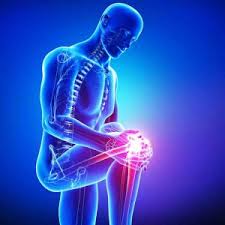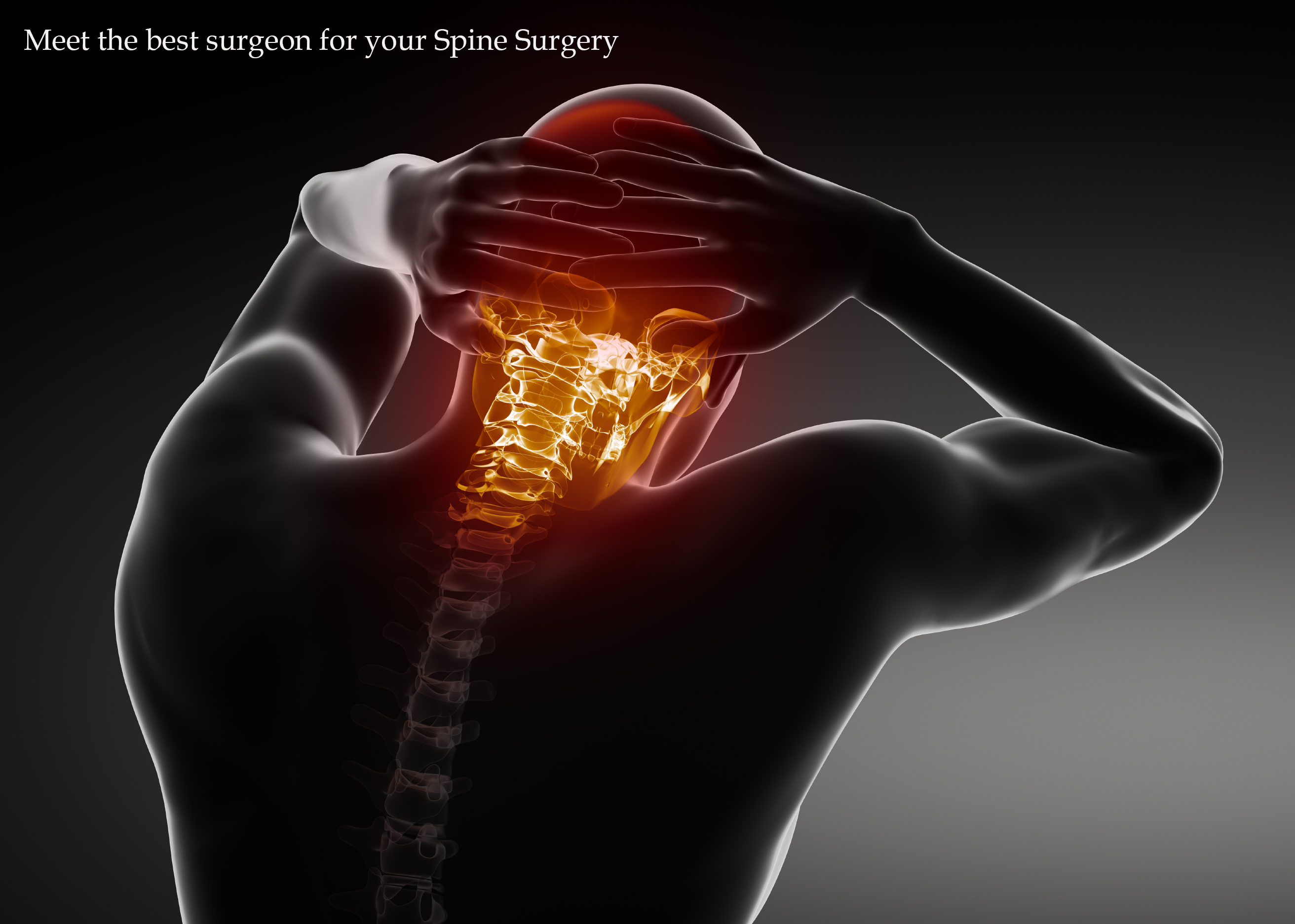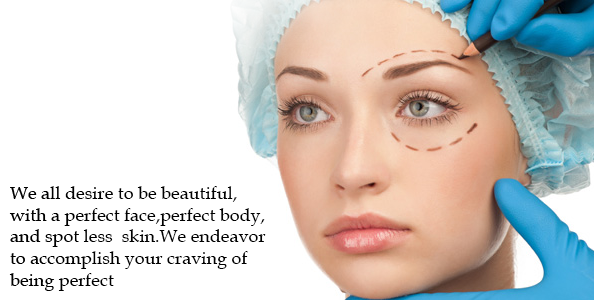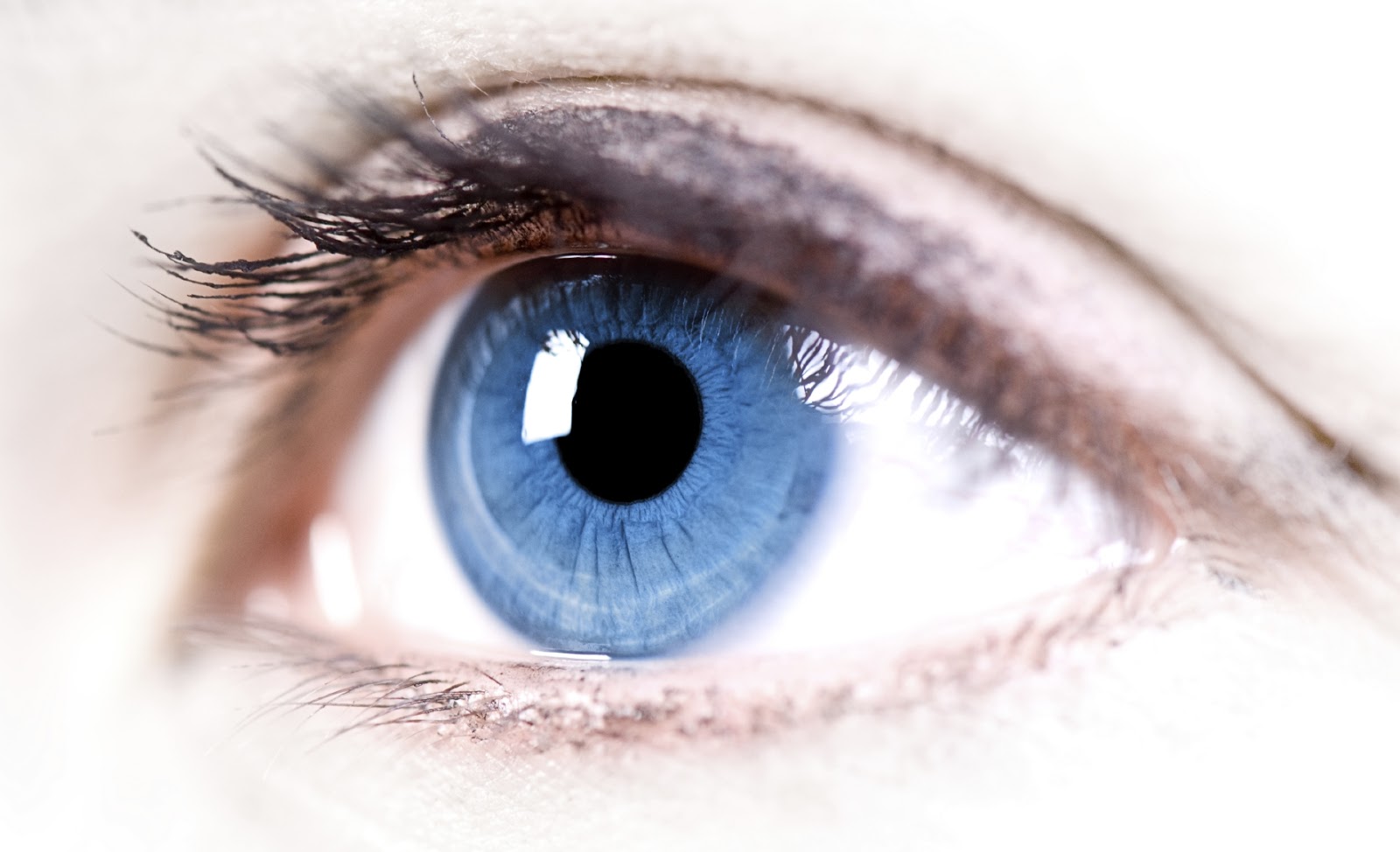Cardiac emergencies are life threatening. They can arise due to various causes. Whatever may be the cause, the resulting damage is devastating. So the eponym “When the bolt strikes…” is indeed very appropriate to describe cardiac emergencies.
What is a Heart Attack?
“Heart Attack”, technically termed Myocardial Infarction, is a result of total blockage of the blood vessel (coronary artery) which supplies blood to the heart. The blockage is due to the formation of plug composed of cholesterol, blood cells, fibrin and calcium. The heart attack may manifest with a sudden onset of severe central chest pain described as heavy, compressing pain, which can radiate to the left hand, jaw or to the back. It is often associated with profuse sweating and weakness. The presentation can be so sudden that the patient suddenly collapses and becomes unresponsive with profuse sweating and cold peripheries.
A patient with the above mentioned symptoms has to be rushed to the nearest hospital equipped with ECG facilities and a physician / cardiologists on call. Emergency measures include supplemental oxygen through a face mask, pain relief with strong analgesics, intravenous access and initial dose of aspirin and statins (lipid lowering drug). Once the diagnosis of heart attack is confirmed, the treatment is initiated. The important aim of early institution of treatment is to save the heart muscle from damage following lack of blood supply. Blood thinning medications, drugs that improve demand-supply imbalance (beta blockers), drugs that reduce blood cholesterol (statins) and drugs that improve the remodeling of the heart after the attack (ACE inhibitors) form the mainstay of management of heart attacks.
However, the most important component of the treatment consists of Conventional Thrombolytic Therapy -Using clot dissolving medications like Streptokinase, Urokinase or Recombinant TPA to improve blood flow.
Primary Percutaneous Coronary Intervention or Primary Angioplasty (PCI)-An emergency coronary angiogram (to visualize the blockade) followed by balloon Angioplasty with stenting thereby improving the blood flow.
Both methods have got their own merits and demerits. Advantages of primary PCI are that the blockage is visualized, opened and stented, ensuring normal blood flow. The chances of recurrent heart attack, recurrent block and death are less when compared to the clot dissolving medications. Disadvantages include inadequate availability of cathlabs with trained professionals who could perform PCI, and the high cost of the procedure.
Thrombolysis with clot dissolving medications is a time-tested method of treatment. The chief advantage is its universal availability at affordable cost. The disadvantages are the lesser degree of blood flow improvement (54% success rate when compared to 93-98% success with primary PCI), bleeding complications and allergic reactions.
Whatever may be the modality of treatment, the earlier it is instituted the better will be the outcome for the patient. The first one hour is called “The Golden hour” and if treatment as described above is given, the complications and mortality are significantly reduced.
Complications of heart attack:
Cardiogenic shock
If even after thrombolysis the patient continues to have chest pain and develops low blood pressure he is said to be in “cardiogenic shock”. “Rescue PCI” is done for such patients to delineate the blood supply to the heart and open the occluded blood vessel. Such patients in cardiogenic shock will benefit from mechanical support to augment the blood pressure to ensure adequate blood supply to the heart and brain. This is done by inserting an intra aortic balloon pump (IABP) through an artery in the leg. IABP is a mechanical device in which a balloon is intermittently inflated by Helium from an external control, which will augment the patient’s blood pressure and improve the pumping of the heart. This offers temporary support and gives time for the heart to heal.
Rhythm Disturbances
At times a patient presenting with a heart attack can present with heart rhythm disturbances. The heart rate can be fast or slow. If the heart rate is slow it is temporarily increased by implanting a temporary pacemaker within the heart. If the heart rate is very fast it is controlled either by medications or DC electric shock, which is given externally over the chest.
Heart Failure
The heart can fail to pump resulting in low oxygen levels in blood and fluid accumulation in lungs, which sometimes may require ventilatory assistance.
Septal Rupture
Occasionally the heart muscle gives way at the partition between two ventricles (septum) resulting in a communication between left and right ventricles. This is termed ventricular septal rupture and this affects the overall pumping function of the heart. The valve of the left side of heart can start leaking secondary to the attack and this can worsen the pump failure. Such patients require early intervention followed by emergency surgical correction of the problem. TA patient who is being taken up for an emergency angiogram with the aim to do PCI may even end up undergoing emergency bypass surgery if the blocks are multiple and present in all blood vessels.
In an occasional patient, the heart can rupture at its weakest point and blood collects within the pericardium (layer surrounding the heart). Such a complication almost always results in catastrophe.
How is a heart attack treated?
The routine management of a case of heart attack (with no complications) will require 5-7 days of hospitalization with initial CCU care for stabilization in the initial 48-72 hours. The patient is then subjected to further investigation by way of coronary angiogram, based on which the post heart attack treatment is decided. The treatment could be either medical, PTCA (Angioplasty) or CABG surgery (Bypass surgery).
Prior to discharge, counseling for the patient is mandatory regarding regular follow up (6 months to one year), continuation of medications, life style modification, smoking cessation, physical exercise, tight control of sugar and blood pressure levels and strict diet control.
Efficacy in timely management of a case of heart attack and its complication depends on a good Critical Care Unit and is a combined effort of the Cardiologist and Intensivist along with efficient nursing care. Good surgical back up with a competent cardiothoracic surgical team also contribute immensely to successful management of heart attack.
It is here that a centre like Apollo Hospitals has the edge over other facilities as it possesses every advantage for the successful management of a patient with heart attack, including world class cardiologist and cardiothoracic surgeons, state of the art Cath Labs and Operating Rooms, a highly efficient Critical Care Unit and a renowned Emergency care facility including timely and effective ambulance services, thus making it a one stop facility for successful outcomes after a heart attack
Why do some people get Heart Attacks? Can one prevent it?
When many lakhs of cars are moving on the roads only a few cars meet with accidents. Cars with defective brakes, gears or non-aligned tyres have increased chances of accidents. Likewise, extensive clinical and statistical studies have identified several factors that increase the risk of coronary heart disease and heart attack.
Major risk factors are those that research has shown significantly increase the risk of heart and blood vessel (cardiovascular) disease. Other factors are associated with increased risk of cardiovascular disease, but their significance and prevalence haven’t yet been precisely determined. They are called contributing risk factors.
The American Heart Association has identified several risk factors. Some of them can be modified, treated or controlled, and some can’t. The more risk factors you have, the greater your chance of developing coronary heart disease. Also, the greater the lever of each risk factor, the greater the risk. For example, a person with a total cholesterol of 300 mg/dL has a greater risk than someone with a total cholesterol of 245 mg/dL, even though everyone with a total cholesterol greater than 240 mg/dL is considered high-risk.
Non-modifiable Risk Factors:
Increasing age:
Over 83 percent of people who die of coronary heart disease are 65 or older. At older ages, women who have heart attacks are more likely than men are, to die from them within a few weeks.
Gender:
Men have a greater risk of heart attack than women do, and they have attacks earlier in life. Heredity (including Race): Children of parents with heart disease are more likely to develop it themselves. Just as you can’t control your age, sex and race, you can’t control your family history. Therefore, it’s even more important to treat and control any other risk factors you have.
Modifiable Risk Factors:
Smoking:
Smokers’ risk of developing coronary heart disease is 24 times that of nonsmokers. Cigarette smoking is a powerful independent risk factor for sudden cardiac death in patients with coronary heart disease. Exposure to other people’s smoke increases the risk of heart disease ever for nonsmokers.
People who stop smoking at 60 years gain 3 years extra life, at 50 years-6 years, at 40 years – 9 years and at 30 years – 10 years. Smoking also totally cancels the actions of Aspirin, a cardiovascular protecting drug and cancels 75% of the actions of Statins.
High blood cholesterol:
As blood cholesterol rises, so does risk of coronary heart disease. When other risk factors such as high blood pressure and tobacco smoke are present, this risk increases even more. A person’s cholesterol level is also affected by age, sex, heredity and diet.
High blood pressure:
High blood pressure increases the heart’s workload, causing the heart to thicken and become stiffer. It also increases your risk of stroke, heart attack, kidney failure and congestive heart failure. When high blood pressure exists with obesity, smoking, high blood cholesterol levels or diabetes, the risk of heart attack or stroke increases several times.
Physical inactivity:
An inactive lifestyle is a risk factor for coronary heart disease. The more vigorous your activity, the greater are your benefits. However, even moderate-intensity activities help if done regularly. Exercise can help control blood cholesterol, diabetes and obesity, as well as help lower blood pressure in some people. Doctors have liberalized the physical activity programmes as anywhere and at any time.
Obesity:
People who have excess body fat especially if a lot of it is at the waist are more likely to develop heart disease and stroke even if they have no other risk factors. Excess weight increases the heart’s work. It also raises blood pressure and blood cholesterol and triglyceride levels, and lowers HDL (“good”) cholesterol levels. It can also make Diabetes more likely to develop. Many obese and overweight people may have difficulty losing weight. But by losing even as few as 10 pounds, you can lower your heart disease risk.
Diabetes mellitus:
Diabetes seriously increases your risk of developing cardiovascular disease. Even when glucose (blood sugar) levels are under control, Diabetes increases the risk of heart disease and stroke, but the risks are even greater if blood sugar is not well controlled. About three-quarters of people with Diabetes die of some form of heart or blood vessel disease. If you have Diabetes, it’s extremely important to work with your healthcare provider to manage it and control any other risk factors you can.
Stress:
Individual response to stress may be a contributing factor. Some scientists have noted a relationship between coronary heart disease risk and stress in a person’s life, their health behaviors and socioeconomic status. These factors may also affect established risk factors. For example, people under stress may overeat, start smoking or smoke more than they otherwise would. Alcohol: Drinking too much alcohol can raise blood pressure, cause heart failure and lead to stroke. It can contribute to high triglycerides, cancer and other diseases, and produce irregular heartbeats. It also contributes to obesity, alcoholism, suicide and accidents.
Article by
Apollo Hospitals










